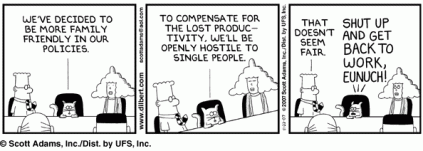Migrant outflows to Australia, wages, and productivity: What is going on?
A rising outflow of New Zealander’s to Australia is causing concern amongst a bunch of people. People move away for a number of reasons, as the Department of Labour nicely points out. However, as economists we like to think at the margin. We are not interested in the general reasons that people are leaving New Zealand, in so much as we are interested in the ‘marginal’ factors that are driving people overseas. The non-policy factors mentioned by DOL are constant, the weather will stay warmer, the country will remain as close, and the culture will remain similar. However, the policy factors (e.g wages, taxes) can be changed, and as a result will have an impact on the ‘change’ in migration levels (beyond some sort of trend).
The Standard provides one piece of the puzzle we require in order to control migrant outflows – we need higher wages. However, the solutions they provide may not necessarily be the correct ones. A important marginal factor in the decision on whether to stay and work in NZ, or do so in Australia is the difference in ‘real disposable income’. Ignoring non-wage income for now leaves us with ‘real disposable salary’. Increasing nominal wages may not lead to an increase in real disposable salary if all it does is increase inflation. If we pay everyone more $$$ but don’t increase the number of goods avaliable to buy, then the price of goods will increase and peoples true living standard will not change.

